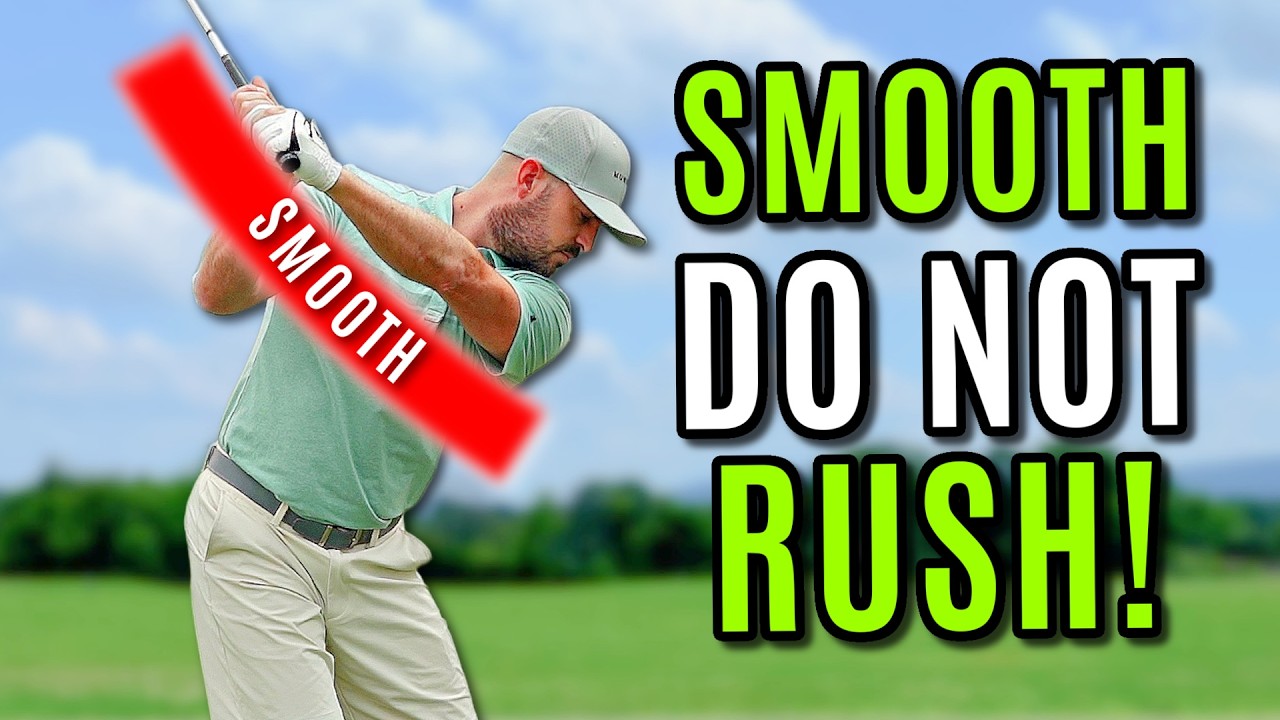
Unlock Effortless Power: Transform Your Golf Swing by Slowing Down! Discover the secret to achieving distance, consistency, and precision by embracing a smoother swing tempo. Learn how efficient mechanics, instead of brute strength, enhance your game.
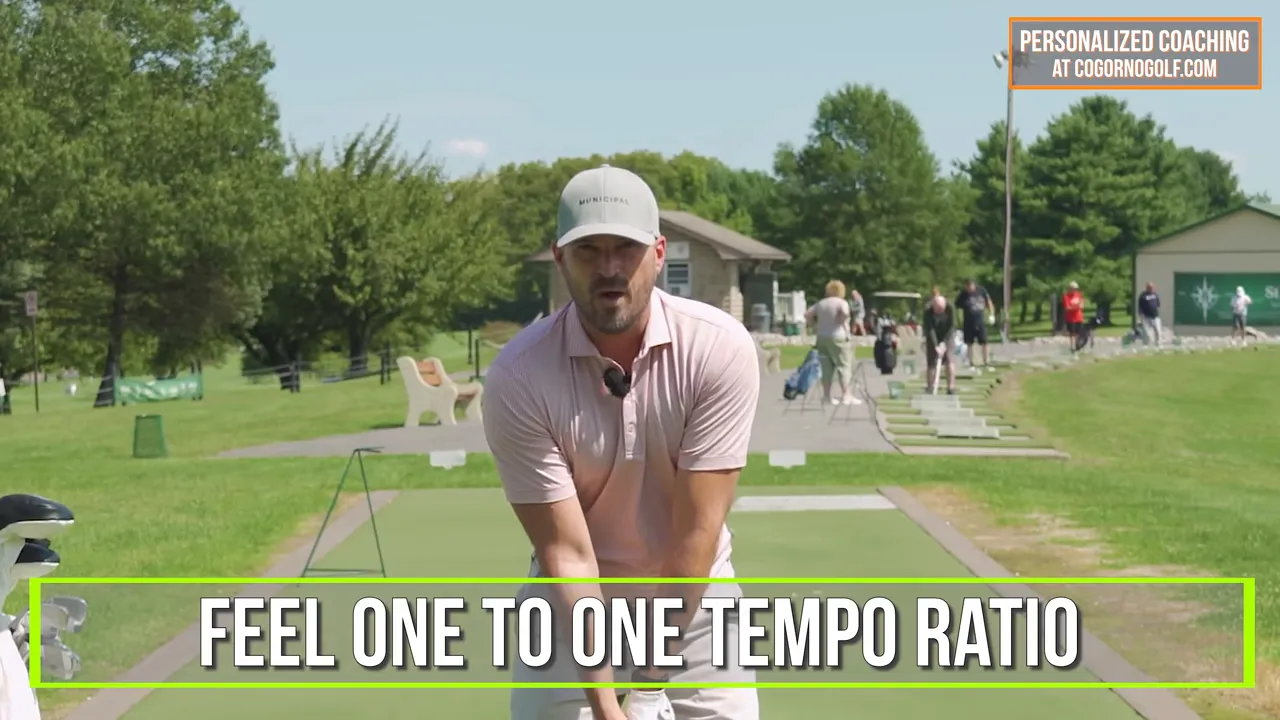
Table of Contents
- Step 1: Master the 1:1 Tempo
- Step 2: Focus on Point A to Point B
- Step 3: Hand Pressure Control
- Step 4: Relax Tension Points
- Step 5: The Leapfrog Drill
- FAQ
Step 1: Master the 1:1 Tempo
Many amateurs struggle with timing, often speeding up the downswing. Concentrate on a one-to-one feel: “back for one, through for two.” This keeps your motion even and natural, preventing frantic impact.
- Tip: Say “one” at backswing peak, “two” at follow-through.
- Avoid: Accelerating through the ball—maintain focus on the cue.
- Consistency: Use this tempo with all clubs, adjusting speed naturally.
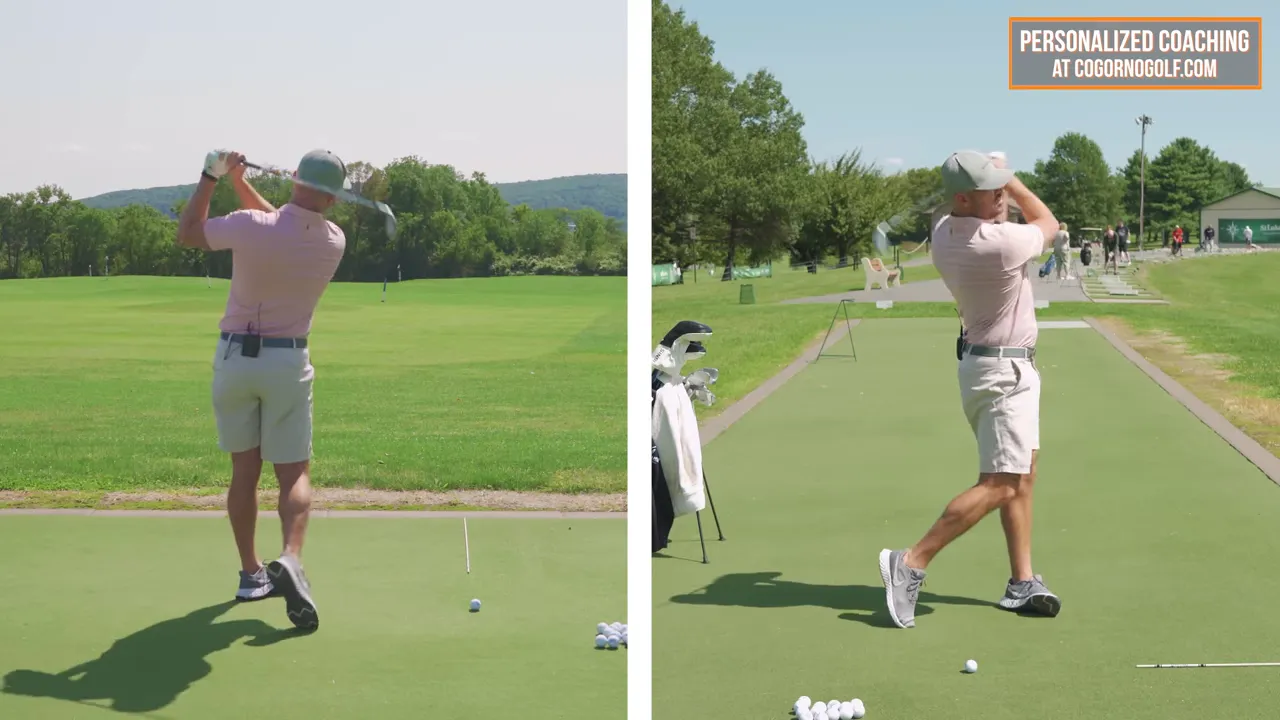
Step 2: Focus on Point A to Point B
Instead of swinging at the ball, visualize a path from Point A (trail shoulder) to Point B (lead shoulder). This technique reduces anxiety, encourages full rotation, and improves accuracy.
- Cue: “Right shoulder to left shoulder.”
- Benefit: Promotes energy transfer through the swing, not just at impact.

Step 3: Hand Pressure Control
Keep grip pressure steady to avoid unnecessary tension. On a scale of 1 to 10, maintain a 5 throughout the swing for freedom and control.
- Effect: Reduced pressure enhances rotation and strike quality.
- Practice: Consistently check grip pressure, adjusting as needed.
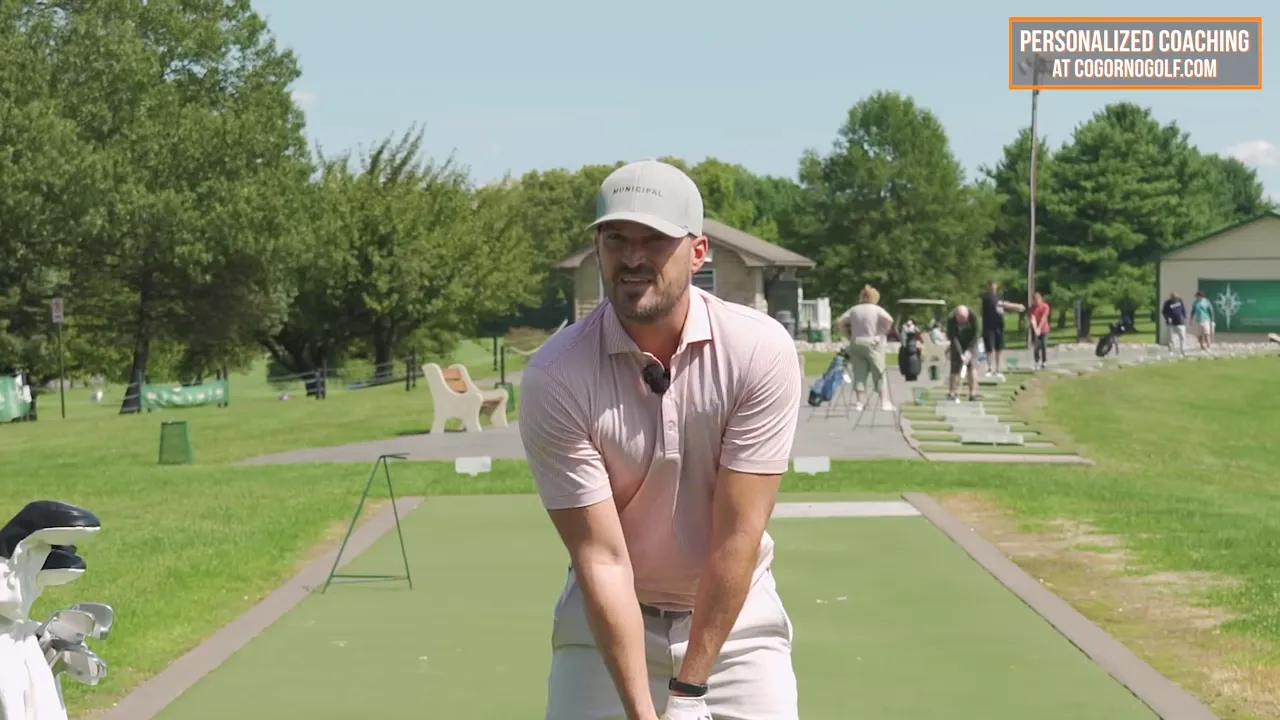
Step 4: Relax Tension Points
For effortless power, consciously relax these areas:
- Face: Unlock your jaw to ease head tension.
- Shoulders: Drop them for better rotation.
- Arms: Keep them light and loose.
- Routine: Incorporate the “face, shoulders, arms” mantra into your pre-shot routine.
- Feel: Efficient energy use should not leave you fatigued.
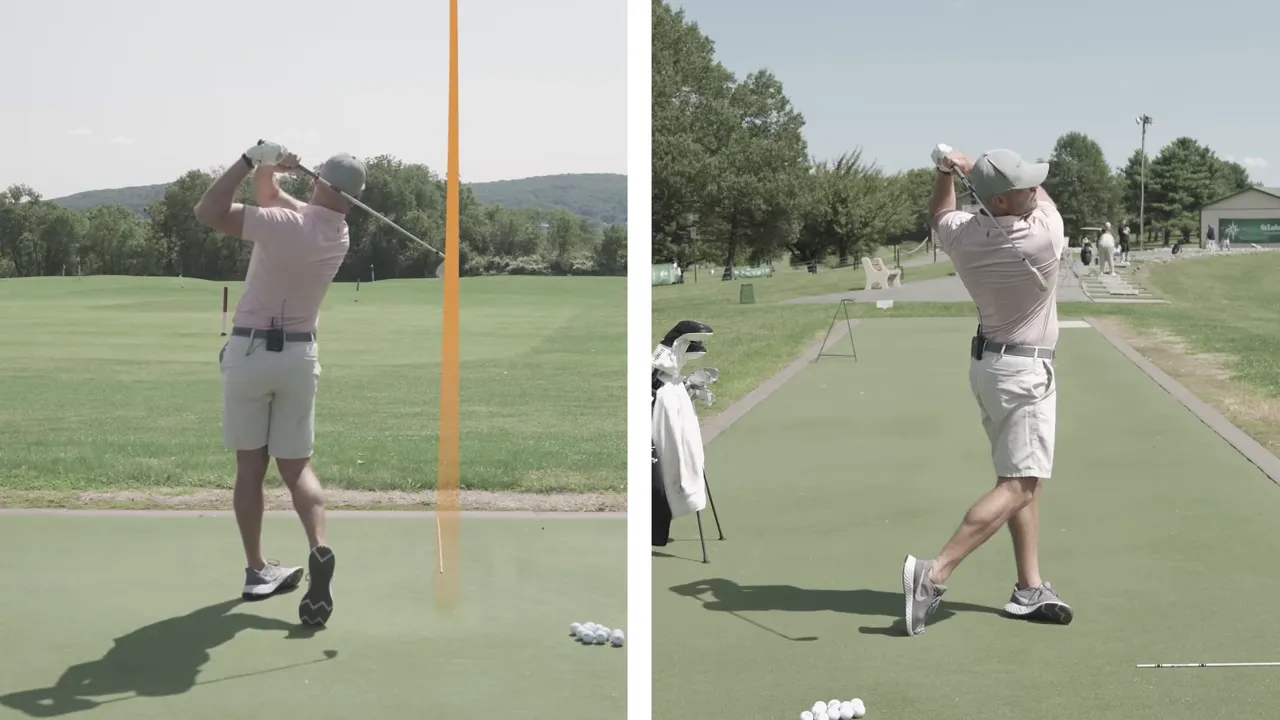
Step 5: The Leapfrog Drill
This drill uses a mid-iron and five progressive swings to improve tempo control and prevent rushing.
- Hit the first ball minimally for tempo, not precision.
- Gradually hit subsequent balls 20 yards further, maintaining tempo.
- Integrate the one-to-one feel, grip pressure, and relaxation cues.
This approach enhances control, encouraging a gradual increase in speed without tension.
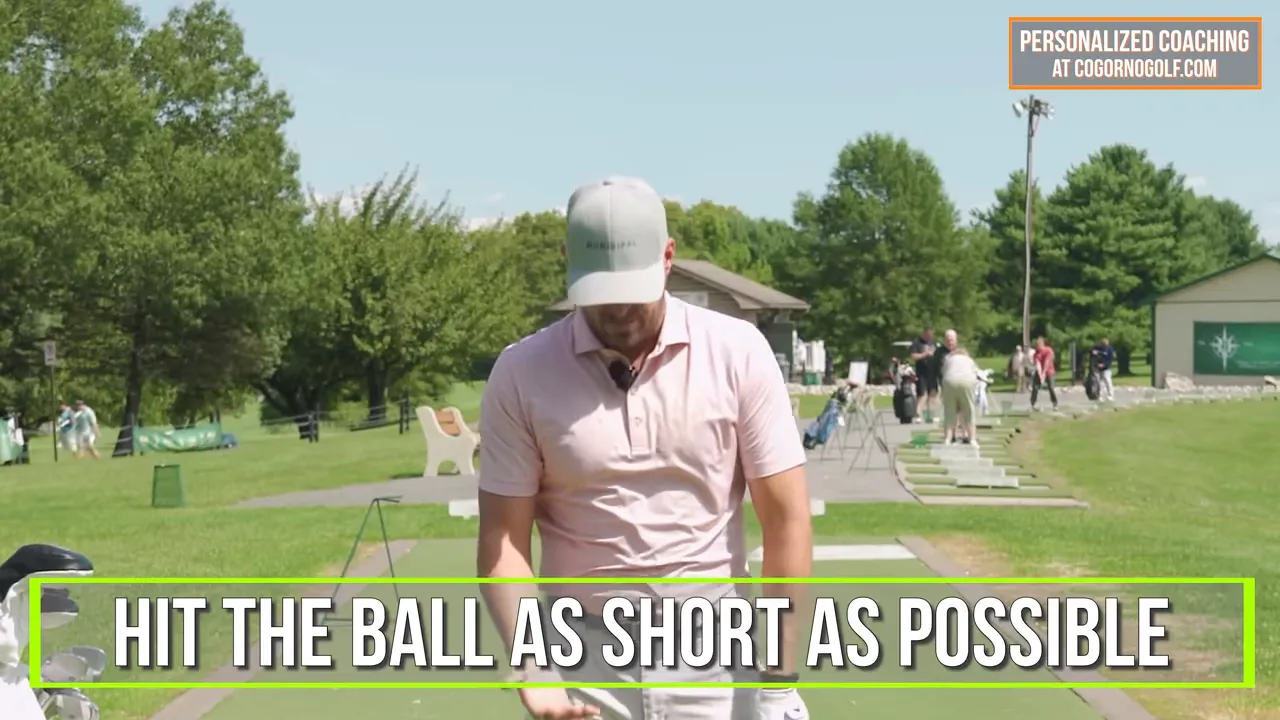
Put It All Together: A Simple Pre-Shot Routine
Integrate these steps to create an effective pre-shot routine:
- Grip pressure at five out of ten.
- Relax jaw and drop shoulders with a deep breath.
- Visualize the path and count with the rhythm (one, two).
- Execute a relaxed practice swing, then address the ball.
- Perform the swing with control, moving from point A to point B.
30-Minute Range Practice Strategy
Spend a focused 30 minutes engaging in these activities:
- 5 minutes: Warm up with relaxed chips and wedges.
- 10 minutes: Practice one-to-one tempo with varied swing lengths.
- 10 minutes: Incorporate the Leapfrog Drill with a mid-iron.
- 5 minutes: Conclude with pre-shot routine replication during full swings.
FAQ
How long should my backswing and downswing feel if I want to slow down my golf swing?
Embrace a one-to-one feel, keeping backswing and follow-through equally timed to promote smooth transition and speed.
Will relaxing my grip reduce distance?
No, a moderate and consistent grip enhances strike quality, resulting in better distance and accuracy.
How does the point A to point B cue improve contact?
This method emphasizes full turn and extension, promoting solid strikes with optimal compression.
How often should I do the Leapfrog Drill?
Incorporate it in pre-round warm-ups or weekly range sessions to fortify tempo control under pressure.
What are quick signs I’m rushing my swing?
A rushed swing is identified by gripping tighter in transitions, jerky motion, and fatigue from brief practice sessions.
Final Thoughts on Mastering a Slow Golf Swing
Embrace a more relaxed approach to enhance your golf skills. Adopt these techniques—one-to-one tempo, path visualization, and tension reduction—for a smoother swing with powerful, accurate results. Incorporate the leapfrog drill and five-step routine regularly to master your game effortlessly.

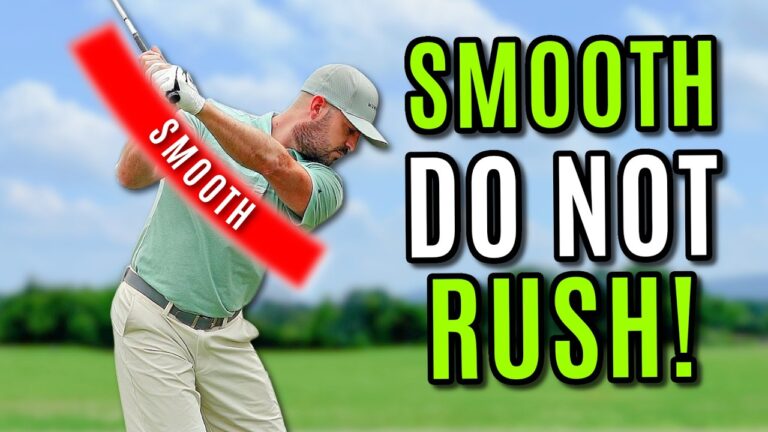
0 Comments